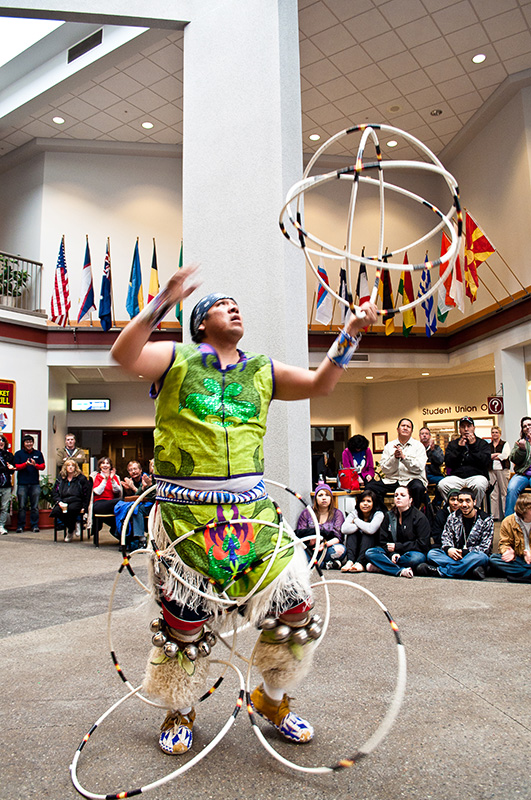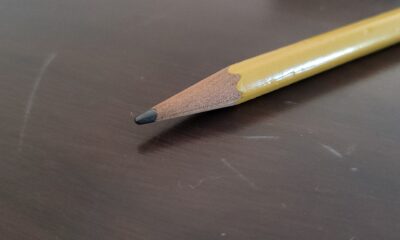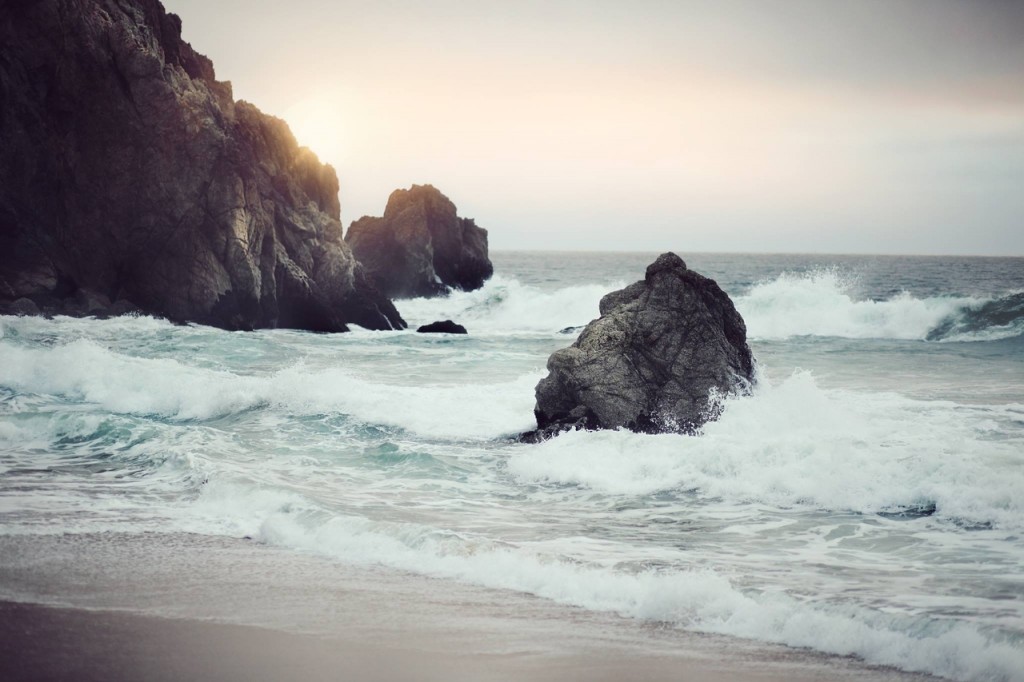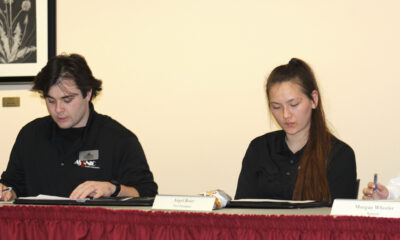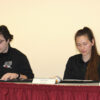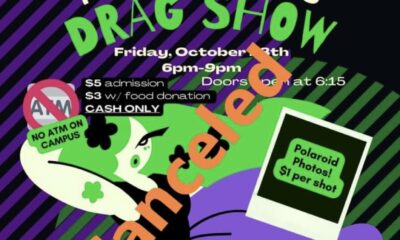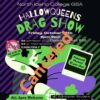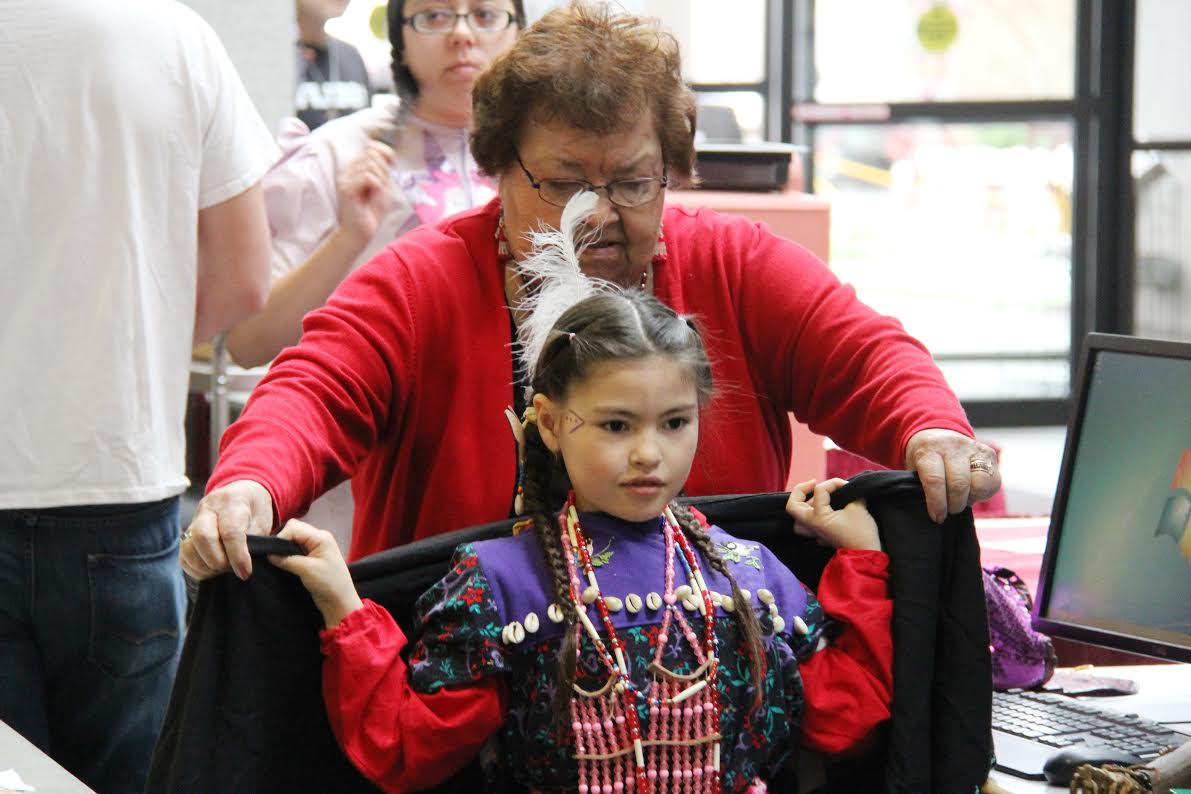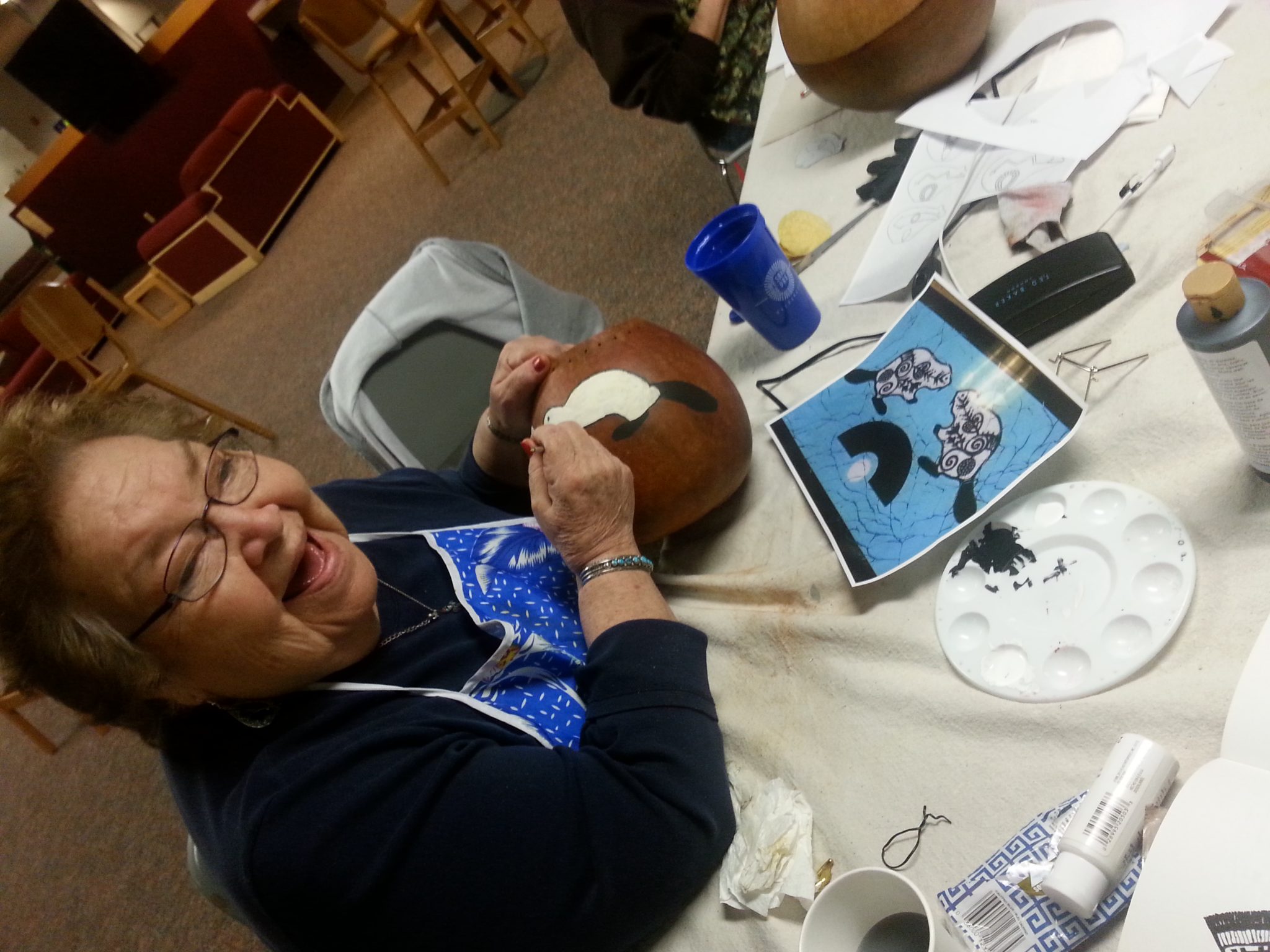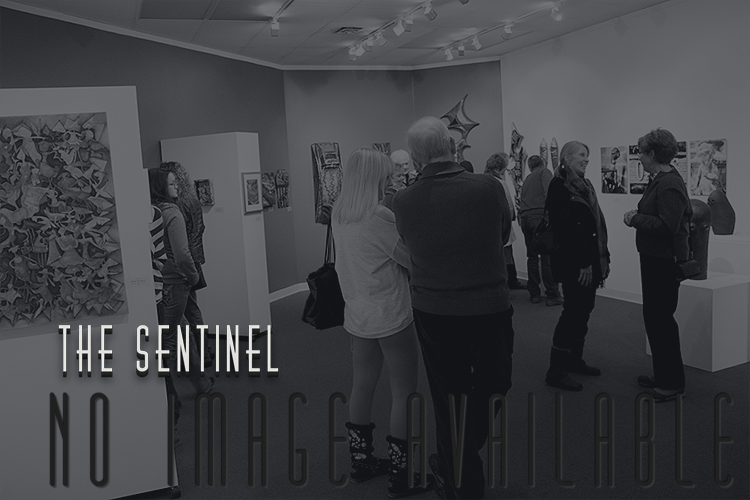A red and blue glow rose behind the stage, and an array of lights faded in like stars when the pipe music began—ethereal and dreamlike, floating through the auditorium like the music of another world. Members of the audience held their breaths, transfixed.
Bill Birdsong Miller was the man behind the pipes. Purple lights drifted over the three-time Grammy winner as he opened his show at NIC for the InterTribal show, part of American Indian Heritage Week, a celebration of culture and history April 2-6.
Organized by the American Indian Student Alliance, Heritage Week was designed to cultivate a sense of community, and to be a “sensory experience,” said Evanlene Melting Tallow, AISA adviser.
“We want to show all facets of the culture,” Melting Tallow said. “Historic, artistic, contemporary. It’s like you’re using all your senses this week.”
The events of Heritage Week, including a silent auction and InterTribal Food Feast, helped fund the Che’nshish Scholarship for enrolled tribal members and descendents attending NIC. The club took in about $1,500, Melting Tallow said. Since its inception in 2010, the scholarship fund has risen to around $35,000—money that will fulfill the meaning of “Che’nshish,” a Coeur d’Alene tribal expression meaning “to assist, provide for, and give to others.”
Marie Poirier kicked off the celebration Monday morning with storytelling, followed by a presentation on the history of the Coeur d’Alene Tribe from Quanah Matheson. The Shooting Star Dancers—a dance group comprised of children and teenagers—performed in the SUB.
Artisans from around the region gave art demonstrations Tuesday including basket weaving with Jacque Rickard and contemporary handbags with Diane Bebonie.
Merle Big Bow, a Montana-based artist, demonstrated how to build a traditional rawhide drum.
“Treat it like a baby,” Big Bow advised his audience, as he carefully trimmed the rawhide along the drumhead, preparing to stitch it in place. “It represents the heartbeat of the people. Take care of it and put it in a place of honor.”
Valentina LaPier, whose artwork is in private collections and exhibitions throughout the world, led a demonstration of acrylics on canvas. LaPier said that she draws inspiration from historical Native images.
“I really believe, as a Blackfeet, that I have an obligation to express Blackfeet images,” LaPier said, while working on an expressionist portrait of a Native man.
Dancers from Tangled Roots Dance Studio in Spokane performed the hoop dance Wednesday In the hoop dance, a dancer uses up to 30 hoops to imitate animals—the spinning of an eagle in flight, the bounce of a rabbit, the graceful leaps of a deer.
“The hoop represents life, family, friendship and community,” said dancer Shanner Escalanti. “We try to give back to our community by sharing this dance.”
Later, Coeur d’Alene tribal member Norma Peone taught “stick game,” a traditional American Indian guessing game. For Peone, teaching stick game was an emotional experience. Her younger sister reintroduced the game to their family about ten years ago—but since then, Peone’s sister has passed away.
“It’s a little difficult for me today because of recent loss,” she said, twisting a turtle-shell rattle, a gift from her sister, between her hands. “But she was my baby sister, and she would’ve wanted us to do this.”
At a free craft workshop, families made dream catchers, choker necklaces, pony bead necklaces and Yakima Dolls. Later, they viewed a puppet show performed by AISA members Amanda Johnson and Millie Douglas, which told the legend of the origin of winter and the crow’s black feathers.
Bill Birdsong Miller took up his guitar, multicolored stage lights throwing his shadow across the auditorium. Between selections from his newest release, “Chronicles of Hope,” and Leonard Cohen and Towns van Zant covers, Miller explained the personal meaning of his name, “Birdsong,” which he received as a young man.
“In my tribe, the bird represents the soul in flight,” Miller said. “The bird represents hope.”
Because he grew up in the “B.C. Period” (Before Casinos and Before Costner), Miller said he was hesitant to release his name into the world. The world was a harsh place for American Indians, Miller said, and to be “Birdsong” was to be picked on.
But Miller said that he wouldn’t allow himself to be trapped by trauma. He chose to heal and forgive those who had hurt him—including his own father—and after that, his career started to come together.
“I kept my sacred name to myself, but I’m releasing it now,” Miller said. “I’m finally flying free.”
